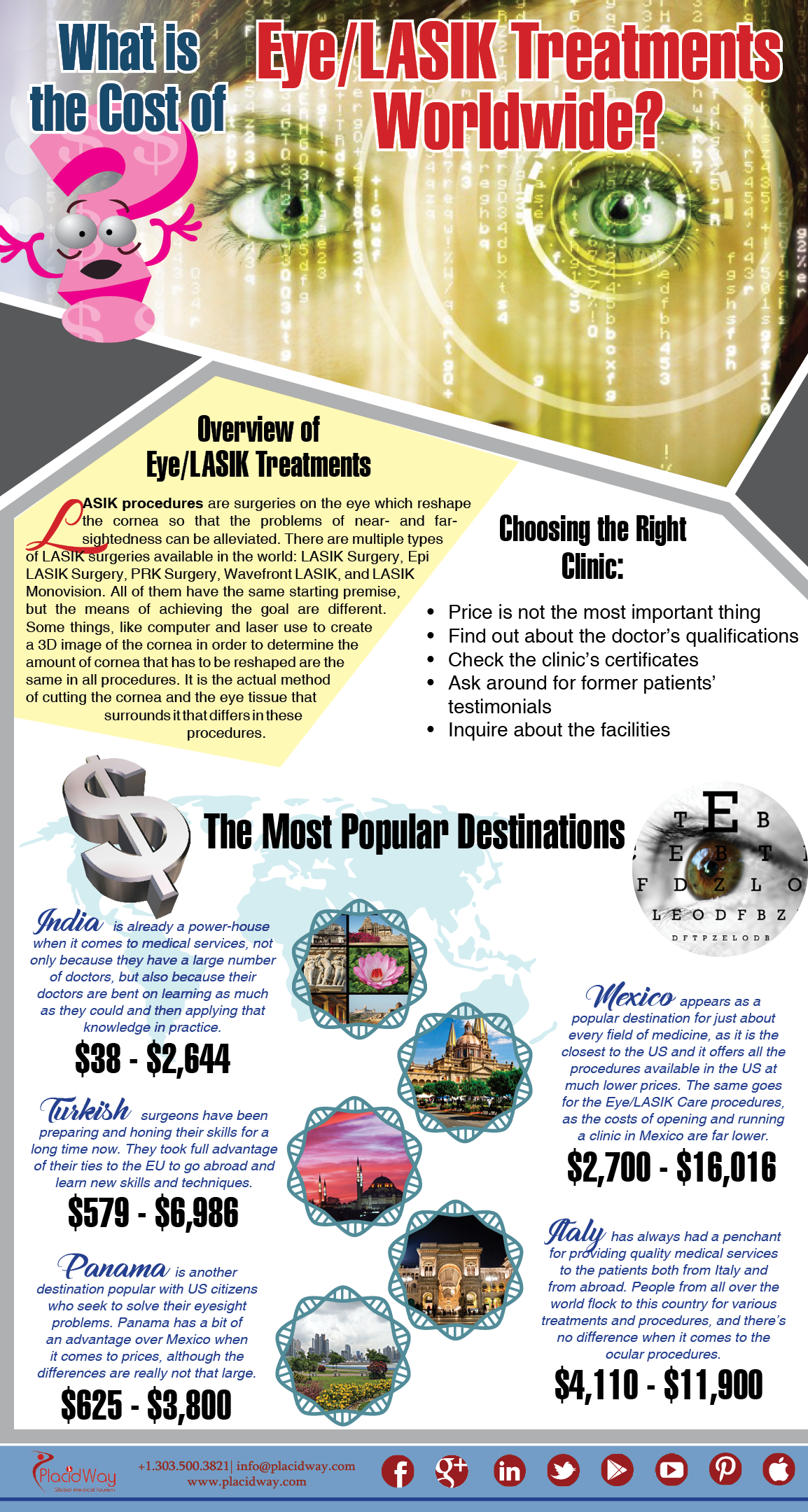Embark On An Exciting Journey Through The Advancement Of Cataract Surgery Strategies, From Ancient Roots To Innovative Developments That Are Improving The Future Of Eye Care
Embark On An Exciting Journey Through The Advancement Of Cataract Surgery Strategies, From Ancient Roots To Innovative Developments That Are Improving The Future Of Eye Care
Blog Article
Web Content Produce By-Gillespie Maynard
As you explore the evolution of advanced cataract surgery techniques, you'll witness a journey noted by ingenuity and accuracy. From ancient techniques that led the way for modern-day technologies to innovative technologies that are revolutionizing the field, the extensive summary of cataract surgery strategies is a testament to human development and commitment to boosting patient results. The complex interplay in between historic approaches and advanced developments creates an intriguing story that sheds light on the advancement of among the most usual procedures worldwide.
Historical Methods and Advancements
Check out exactly how very early cosmetic surgeons reinvented cataract treatment by using innovative strategies and tools. In the past, cataract surgical procedure was a risky and painful procedure. Nevertheless, old Indian medical professionals were among the first to try medical treatments for cataracts, making use of a strategy called 'formulating' where a sharp instrument was used to press the cataract back right into the eye. This technique, though crude by today's standards, laid the groundwork for future advancements in cataract surgical treatment.
As time proceeded, Arab doctors made significant contributions by developing specialized needles for cataract removal. Recommended Web-site were utilized to puncture the cataract and then extract it from the eye, noting a substantial enhancement in medical accuracy.
Later, in the 18th century, the French specialist Jacques Daviel originated the strategy of extracapsular cataract removal, where the entire lens was removed intact through a bigger incision. This marked a significant improvement in cataract surgical treatment techniques, paving the way for the modern-day treatments we utilize today.
Modern Surgical Approaches
Early techniques in cataract surgical treatment have progressed significantly, resulting in the development of contemporary medical techniques that focus on accuracy and boosted patient outcomes. Modern cataract surgery now commonly includes a treatment called phacoemulsification, where an ultrasonic device separate the cataract for removal with a small laceration. This strategy enables quicker recovery and lowers the danger of issues compared to older methods.
Additionally, using advanced intraocular lenses (IOLs) has actually changed cataract surgical treatment results. simply click the next website page can remedy not only the cataract but likewise other refractive errors like astigmatism, decreasing the requirement for glasses post-surgery.
Surgeons today additionally have access to innovative imaging modern technologies that aid in exact preoperative preparation and intraoperative decision-making. Optical comprehensibility tomography (OCT) and other imaging techniques offer thorough images of the eye's frameworks, allowing for a much more individualized technique to every client's surgery. With these advancements, modern cataract surgical procedure methods continue to enhance, offering patients safer procedures and better visual results.
Emerging Technologies in Cataract Surgery
With developments in modern technology transforming the area, cataract surgical treatment is seeing the combination of cutting-edge strategies for boosted person outcomes. Arising modern technologies in cataract surgery are reshaping the landscape of ophthalmic treatments. One such improvement is femtosecond laser technology, which allows for accurate corneal cuts, capsulotomies, and lens fragmentation, resulting in improved medical accuracy and outcomes.
Additionally, intraoperative aberrometry is getting appeal, enabling real-time measurements of refractive mistakes during surgical procedure to improve intraocular lens power estimations and reduce postoperative refractive surprises.
Additionally, the use of advanced imaging modern technologies like optical comprehensibility tomography (OCT) and intraoperative wavefront aberrometry aids cosmetic surgeons in exact surgical preparation and execution. These tools supply comprehensive anatomical details and aid tailor surgical approaches for each person's special eye characteristics.
Furthermore, developments in artificial intelligence are being checked out to help in preoperative preparation, intraoperative decision-making, and postoperative care, possibly enhancing medical results and individual fulfillment. Welcoming these arising technologies in cataract surgical treatment holds assurance for further improving individual outcomes and making certain the proceeded evolution of sensory medical techniques.
Conclusion
As you trip with the history of cataract surgery, you witness the change from old techniques to cutting-edge technologies. Like a phoenix rising from the ashes, cataract surgery has developed into a beacon of hope and development.
Equally as a caterpillar arises from its cocoon as a lovely butterfly, cataract surgery has thrived right into a polished art form, offering people more clear vision and a brighter future.
The evolution continues, radiating a light on endless opportunities.
